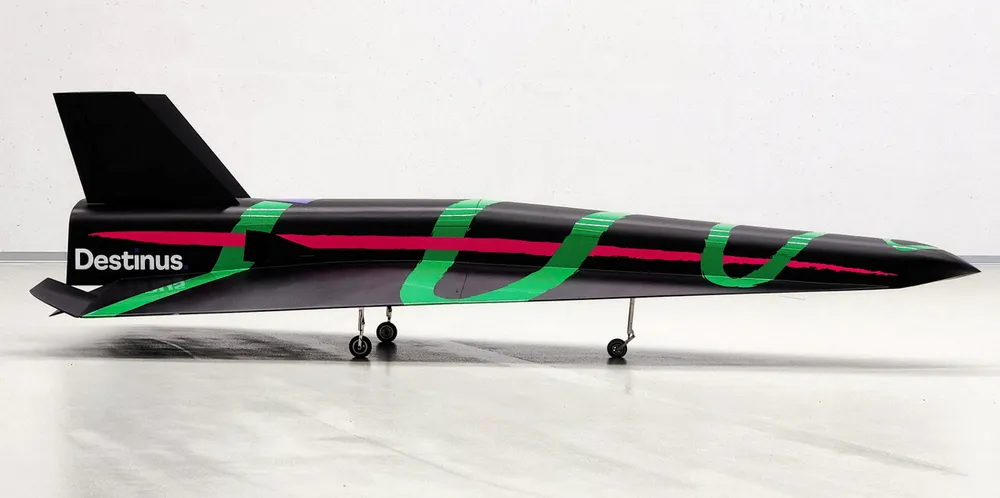Hydrogen-powered hypersonic cargo rocket plane designed by 'Russian Elon Musk' attracts $29m in seed funding
Unmanned vehicle will fly in near-space at 15 times the speed of sound to transport goods anywhere in the world within two hours

Unmanned vehicle will fly in near-space at 15 times the speed of sound to transport goods anywhere in the world within two hours
